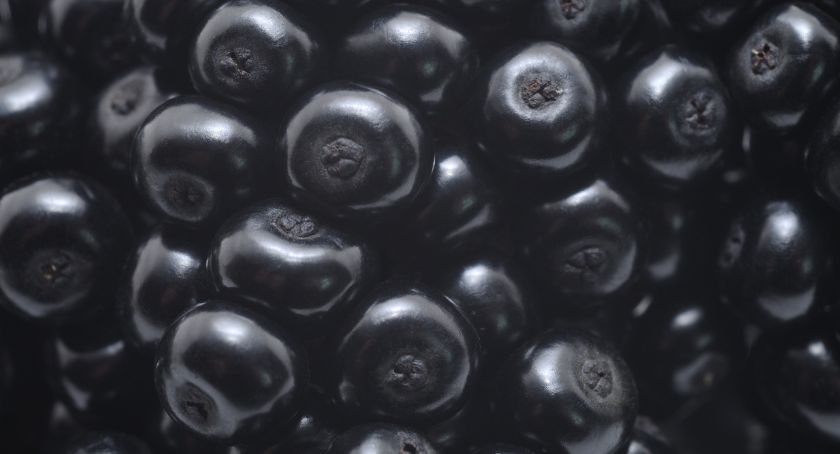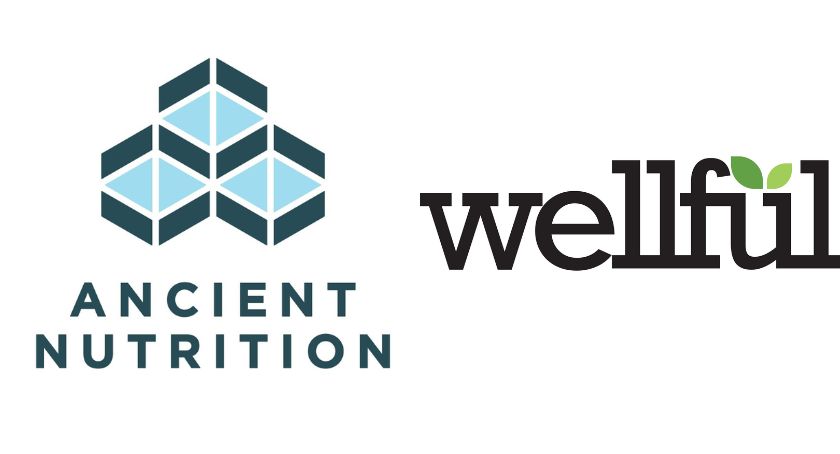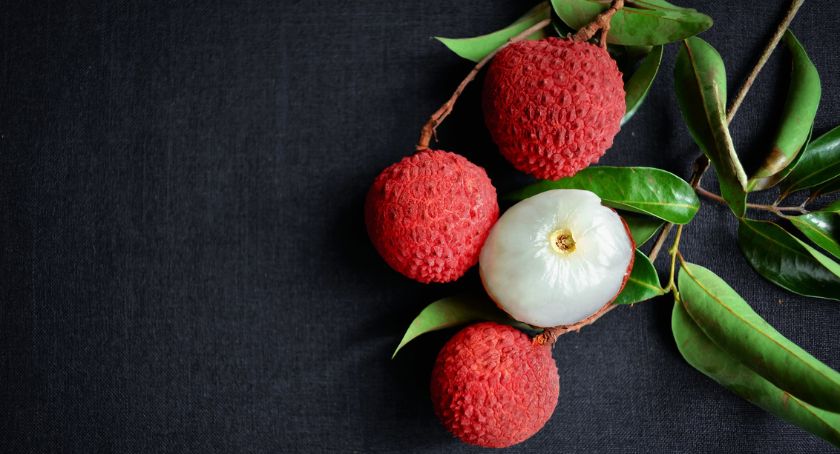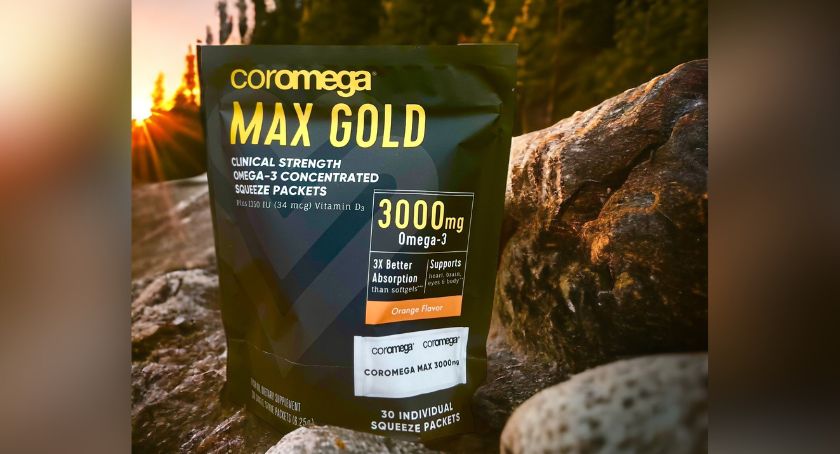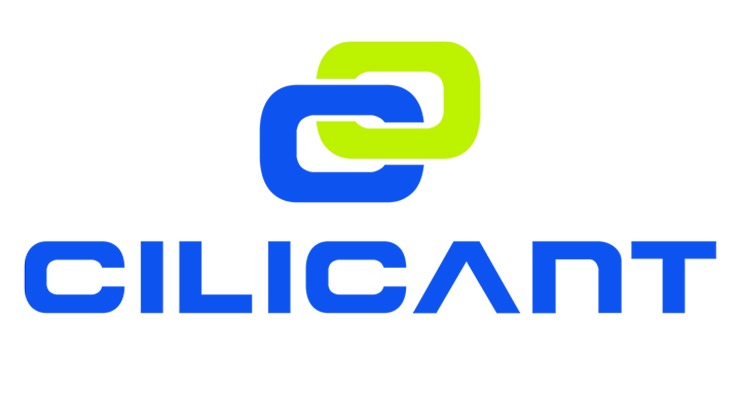Market Updates
Global Astaxanthin Market to Exceed $1 Billion by 2020
New report analyzes astaxanthin use in aquaculture, nutraceuticals, cosmetics and fortification of foods and beverages.
By: Lisa Olivo

Astaxanthin has been widely used in the aquaculture industry for pigmentation of salmon, trout and shrimp; for its antioxidant and health benefits in the nutraceutical industry; in cosmetics for its skin care and anti-aging properties; and for fortification of foods and beverages. On commercial scale, astaxanthin is currently produced through chemical synthesis and also derived from natural sources such as Phaffia yeast, Paracoccus bacteria, shrimp bi-products and Haematococcus pluvialis (H. pluvialis) microalgae, with the current major natural source of astaxanthin being the Haematococcus pluvialis microalgae.
In recent years, there has been a growing trend toward using natural ingredients in all forms of food nutrients within the nutraceutical and cosmetic markets, as a result of increased concern for consumer safety. In addition, regulatory issues surrounding the introduction of synthetic chemicals into the human food chain have spurred the push toward natural. The demand for natural astaxanthin derived from Haematococcus pluvialis algae in the global market has been flourished in recent years as a result of increased consumer awareness of its health benefits and its clean label profile.
Global market for both synthetic and natural source astaxanthin in aqua feed, nutraceuticals, cosmetics and food & beverages is estimated at 280 metric tons valued at $447 million in 2014, and is further projected to reach 670 metric tons valued at $1.1 billion by 2020. Synthetic astaxanthin, astaxanthin rich Phaffia yeast and Paracoccus bacteria are predominantly used in the aquaculture sector, while the astaxanthin derived from H. pluvialis microalgae is the main source for human applications such as dietary supplements, cosmetics and food & beverages.
A full report of the market, available through ReportLinker, analyzes use of Synthetic Astaxanthin, Haematococcus pluvialis Microalgae Astaxanthin and astaxanthin rich Paracoccus bacteria. End-use application markets covered in the report are Aqua Feed, Nutraceuticals, Cosmetics and Food & Beverages. The report reviews, analyses and projects the astaxanthin market for global and the regional markets including North America, South America, Europe, Japan, Asia-Pacific (excluding Japan) and Rest of World. The report also provides a special focus on various astaxanthin production technologies employed by key market players, including Chemical Synthesis; Microalgae Cultivation, Harvesting, Drying and Astaxanthin Extraction; and Bacteria Fermentation.




